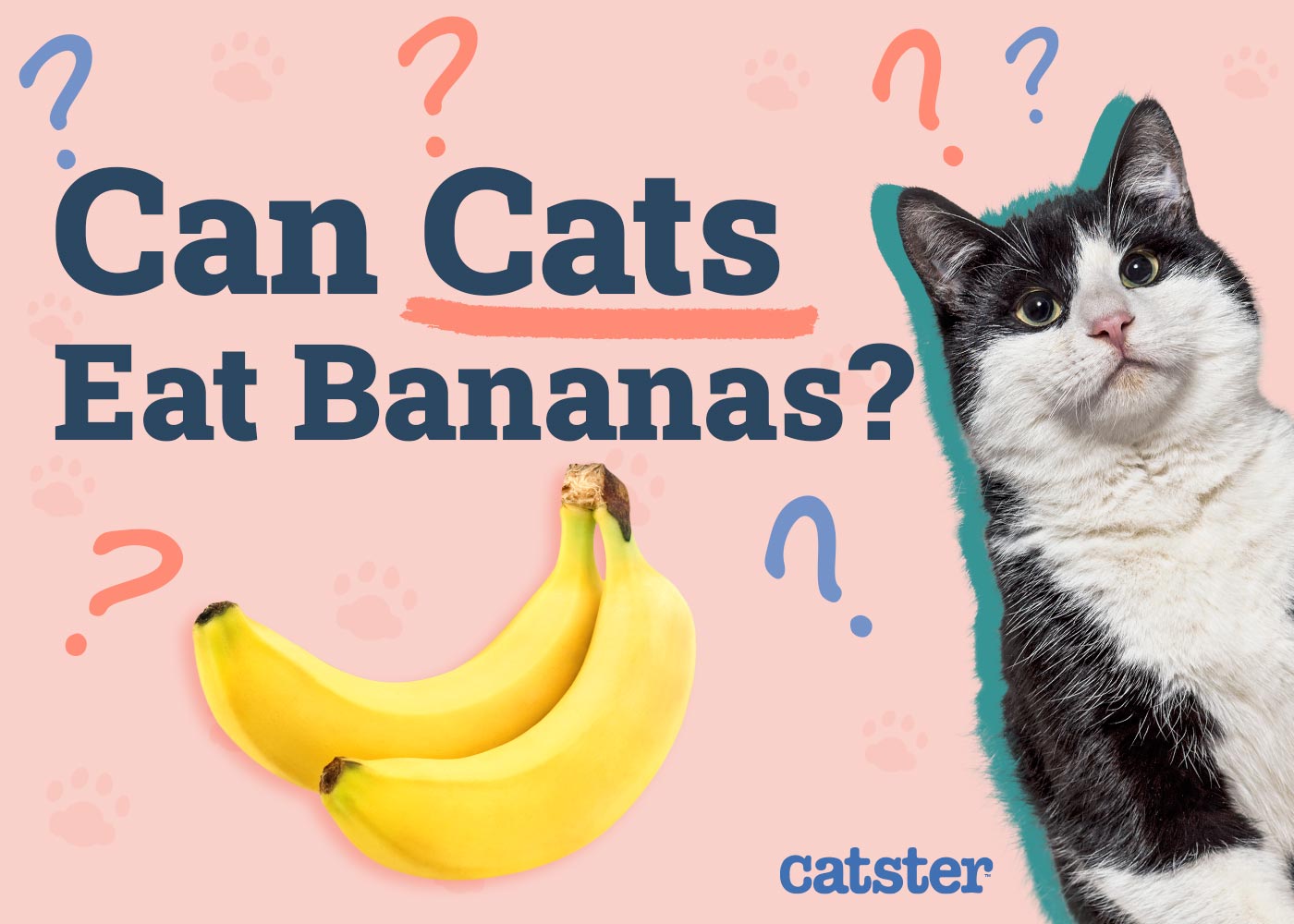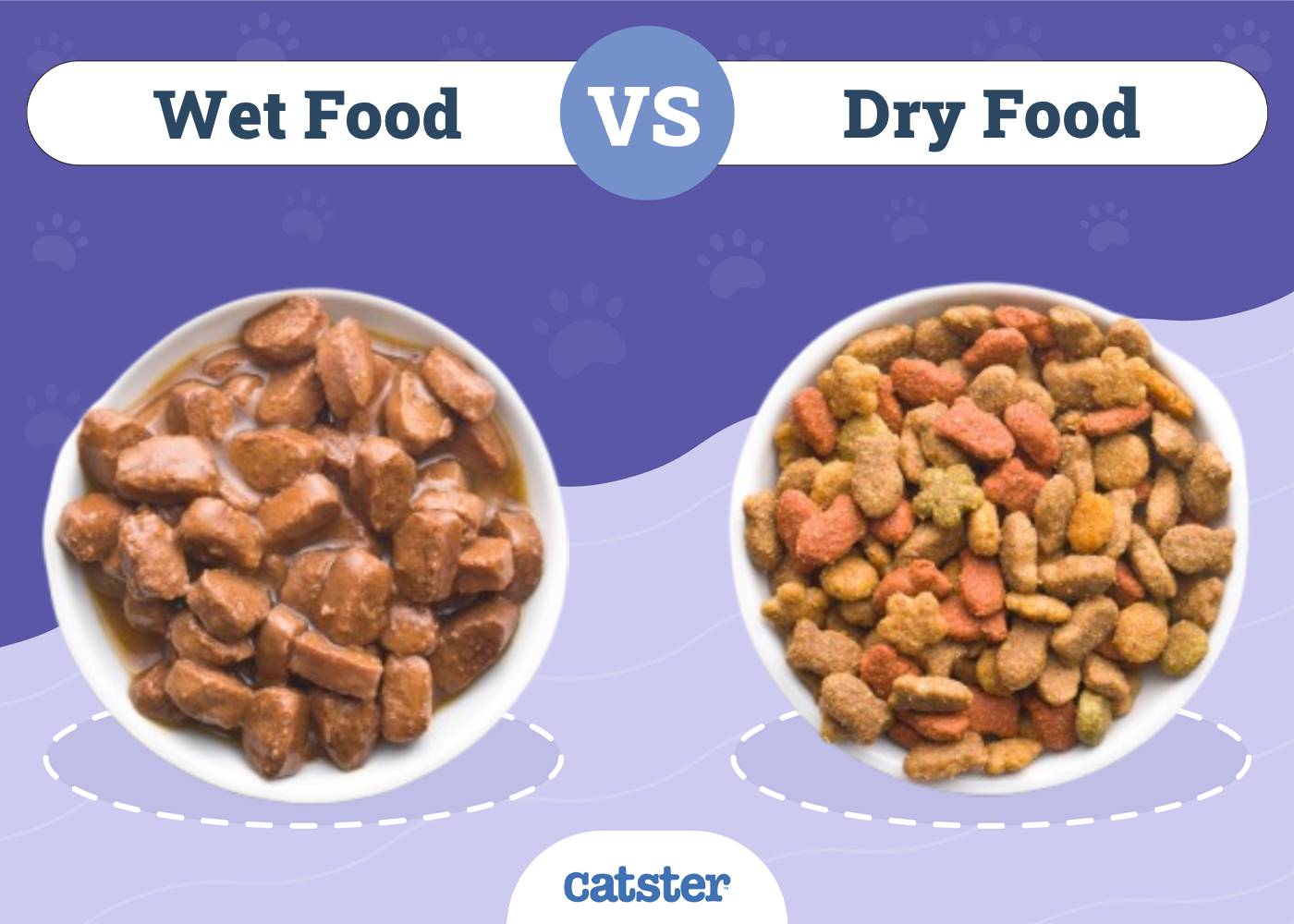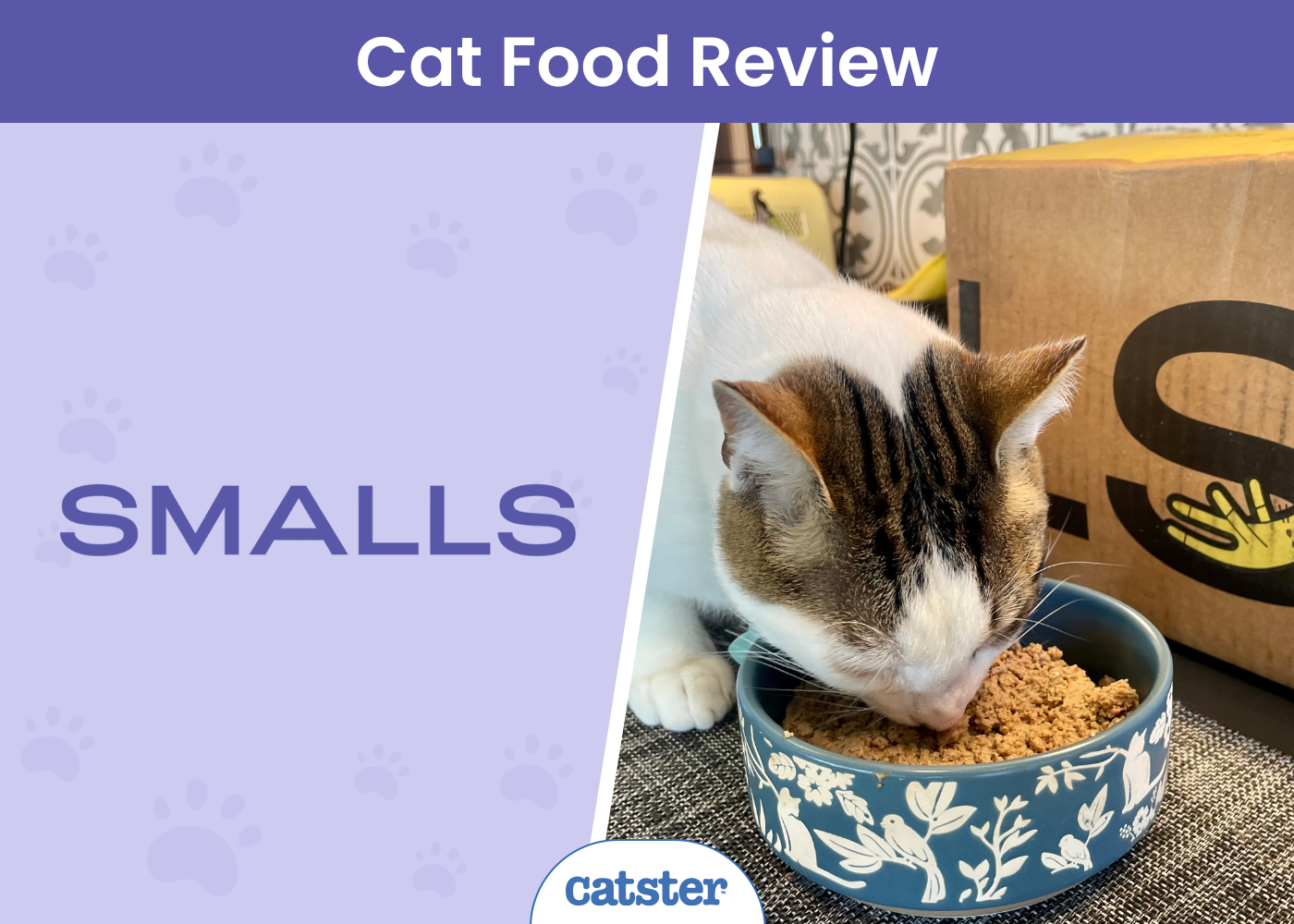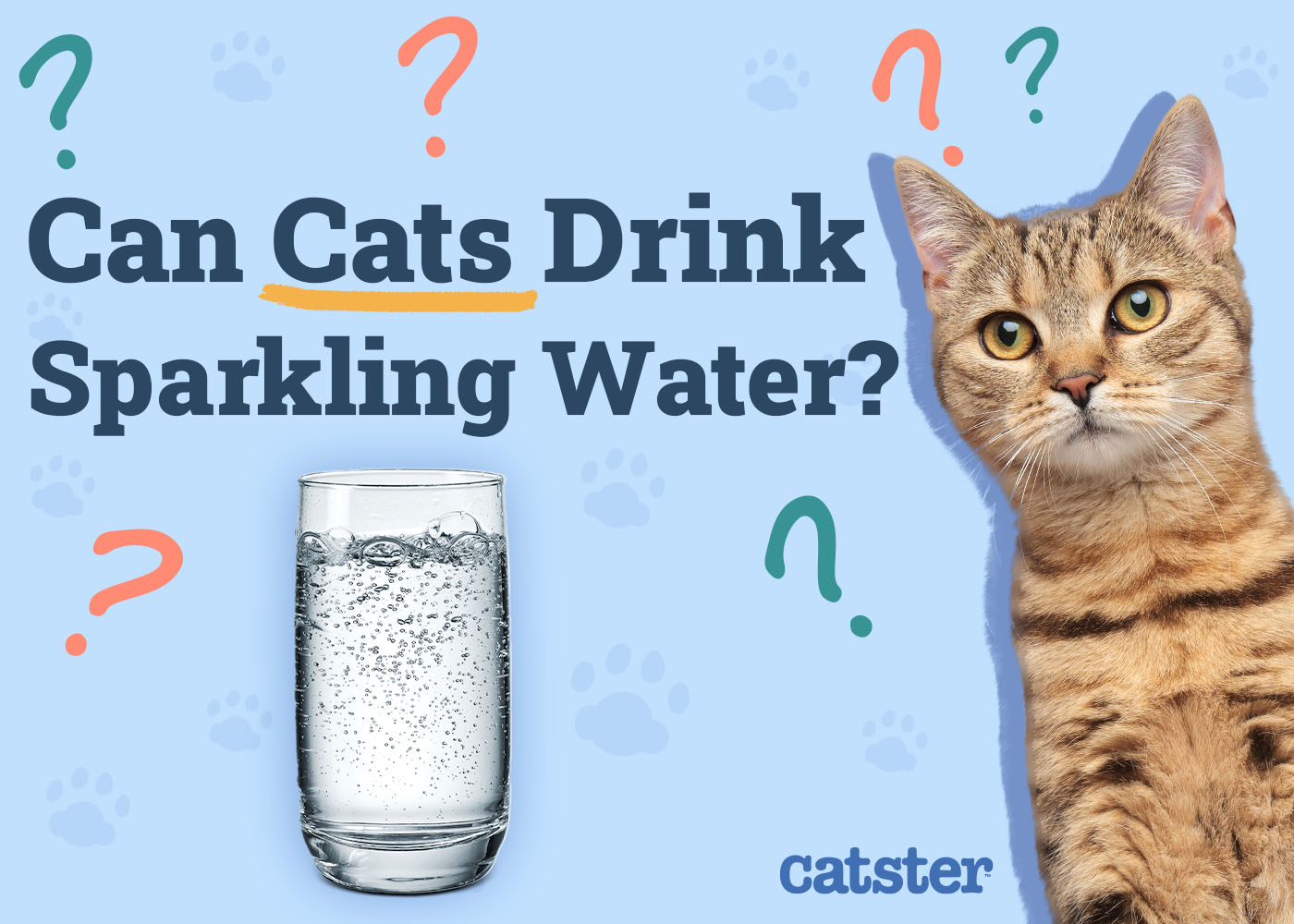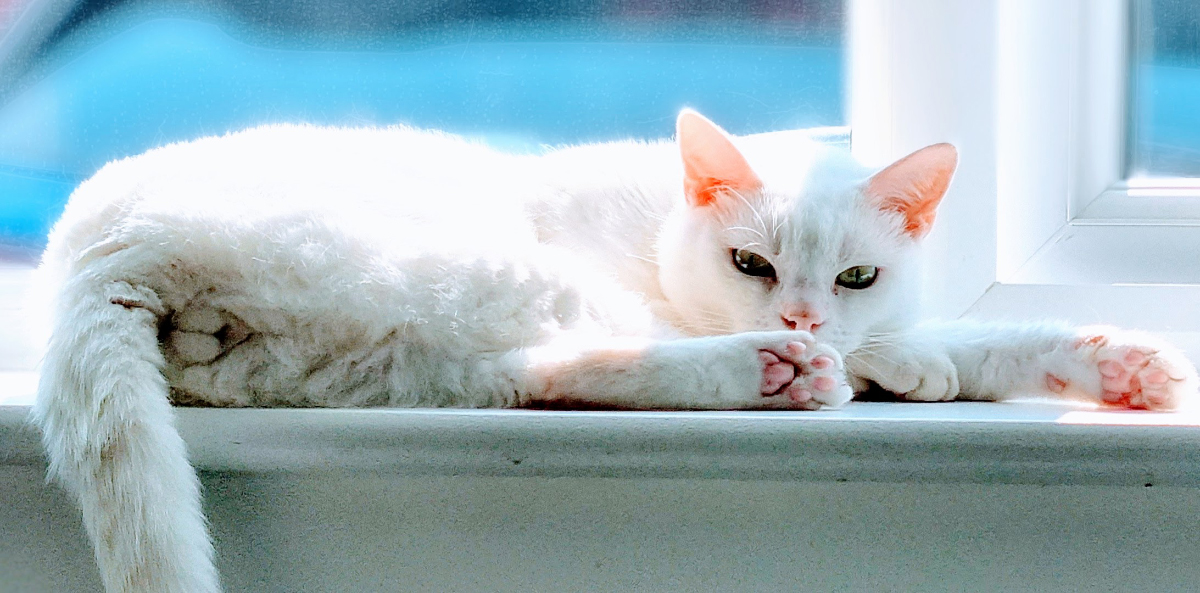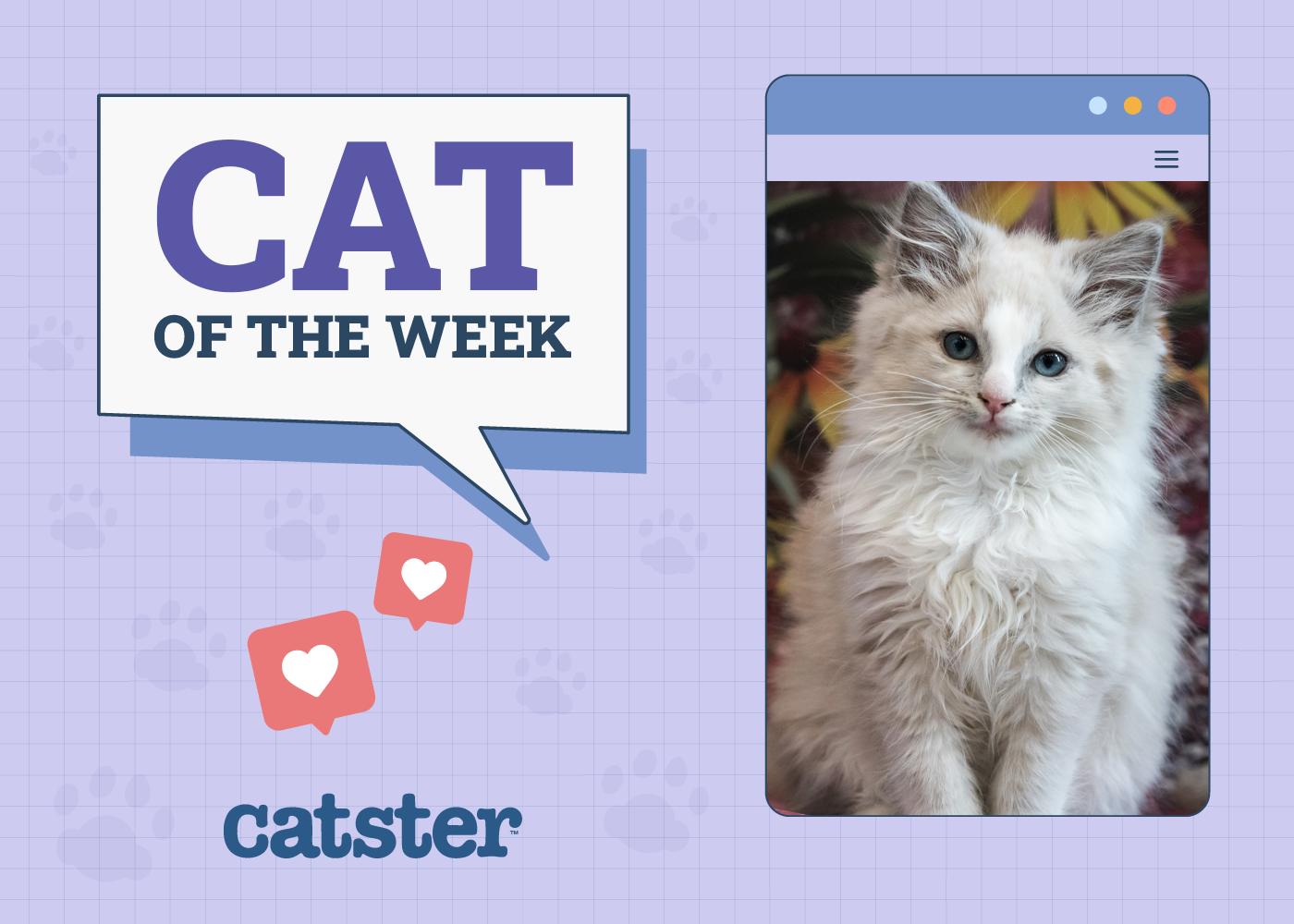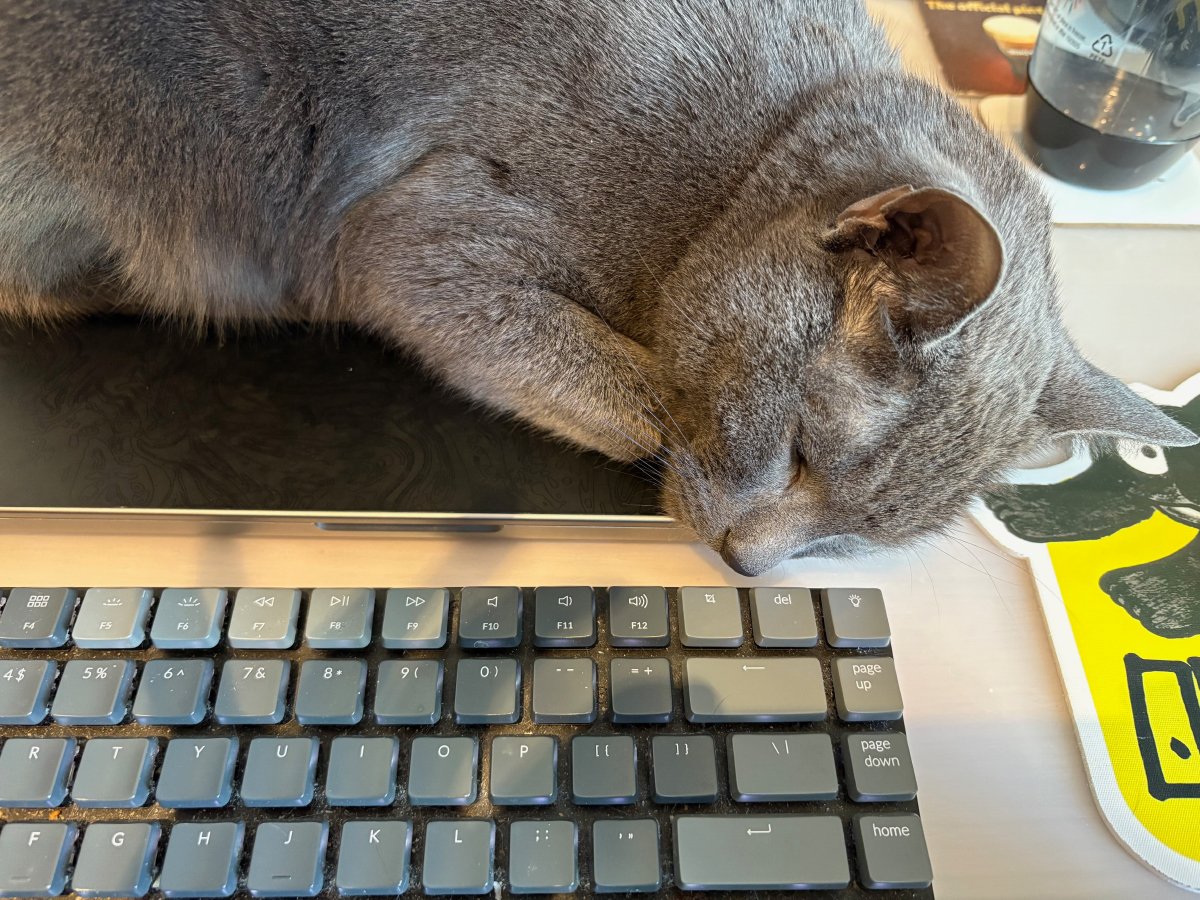Click to Skip Ahead
Are bananas an absolute must on your grocery list? Bananas are a fruit found on many countertops, and if you have a curious cat prowling your house, they might want to snag a piece of your tropical fruit.
The good news is that there’s nothing to worry about if your cat wants to taste a banana. The fruit isn’t poisonous to felines, but cats don’t benefit from the fruit’s nutritional value like humans and dogs do. If they eat too much, bananas are likely to cause gastrointestinal upsets in cats, so they should be offered in moderation only.
If your cat is crazy for bananas, keep reading to learn how to offer your cat bananas in the safest way possible.

Why Bananas Aren’t Ideal for Cats
Cats often enjoy snacking on many foods, including bananas, but the reality is that fruits, vegetables, and dairy are inappropriate for a carnivorous kitty.
Bananas are a natural source of carbohydrates, which means they’re loaded with sugar. A human can use that sugar as a quick energy source with no side effects. However, cats need only a minimal amount of carbohydrates found naturally in their prey (for house cats, this would be their kibble), so a few nibbles of banana could be too much and cause a spike in blood sugar, upset stomach, vomiting, and diarrhea.
All in all, too much banana means too many carbs, which is bad for kitties.
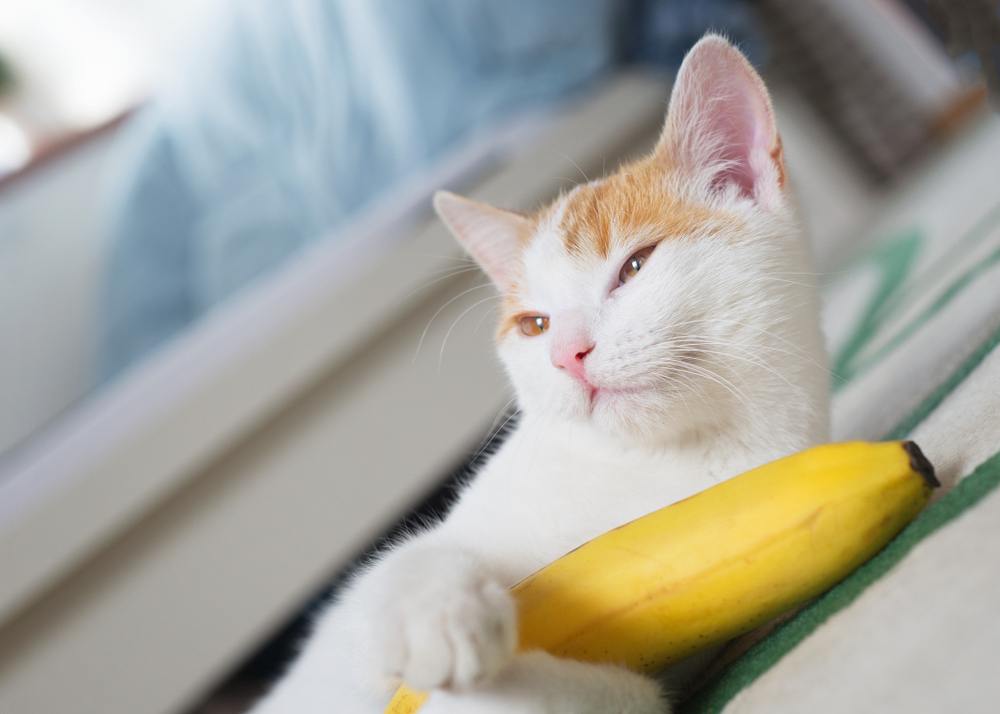
How Much Banana Can I Offer My Cat?
So, what if your cat just wants a nibble? This is fine as long as it really is just a nibble and your cat doesn’t have any underlying health issues like diabetes. A small slice every now and then can be offered quite safely.
How Should I Offer Banana to My Cat?
Offer them no more than a small slice, and allow them to sniff the fruit first. If they like it, they’ll happily lick and chew to their heart’s content. If not, no biggie. Bananas aren’t an ideal snack for cats anyway.
It’s important to offer only the banana flesh and not the peel. The fibers in the peel are extremely difficult for a cat to digest and can turn into a choking hazard.
Which Fruits Can Cats Eat?
Lots of fruits are non-toxic to cats. Just ensure that offering these sweet treats doesn’t become a habit.
- Watermelon
- Strawberry
- Raspberry
- Cantaloupe
- Blueberry
- Cranberry
- Apple (avoid the stem, leaves, and pit)
- Mango
- Pineapple
- Cucumber
- Kiwi
- Honeydew
- Nectarines
- Pears (avoid the stem, leaves, and pit)
- Apricots (avoid the stem, leaves, and pit)
- NO MESS - The 360° tray on this cat food and water bowl set has a raised design to catch and...
- WHISKER FRIENDLY - Shallow and wide metal containers with flat bottoms ensure your kitty can enjoy...
- CHEW-SAFE MATERIALS - Kittens and cats love chewing on silicone and soft rubber - but it's a choking...
Learning about what your cat can and cannot eat is a crucial part of keeping them happy and healthy! Choosing a bowl to serve cat-friendly foods in is another important decision pet owners face. Satisfy the specific needs of your cat with the innovative design of the Hepper NomNom Cat Bowl. Learn why it’s our (and our cats!) favorite food and water dish here.
At Catster, we’ve admired Hepper for many years and decided to take a controlling ownership interest so that we could benefit from the outstanding designs of this cool cat company!

Conclusion
Some cats love the flavor and texture of bananas, so it’s okay if they want to snag a piece occasionally. The important thing to remember is to offer this treat in moderation only. In general, cats require a meat-based diet for health and vitality, so meaty treats are always better for your kitty. It’s best to find other snacks your cat enjoys that are more species-appropriate. This will help eliminate the worry that often accompanies feeding our pets human food.
Featured Image Credit: t_watanabe, Pixabay

